We explain everything about India, how is its geography and the history of this nation. Also, what are its general characteristics, climate and more.
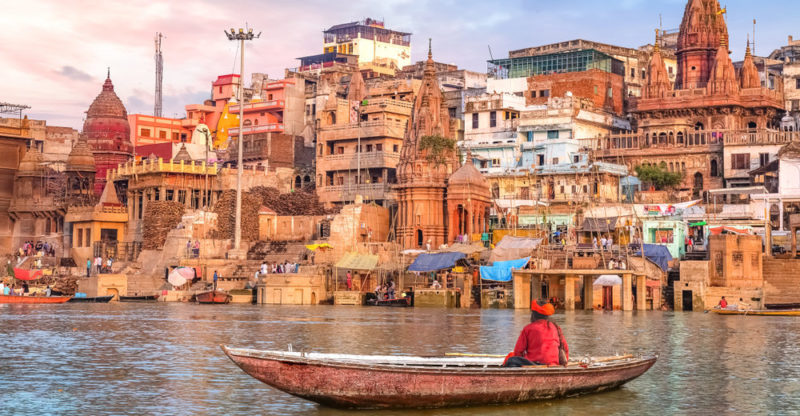
Officially named the Republic of India, a sovereign nation in South Asia is known as India. It is one of the most populous and extensive countries in the entire world, home to the culture of the Indus Valley. India is a federal republic (29 states and 7 territories) governed by a parliamentary democracy.
It is considered as a developing nation, despite the enormous social and humanitarian difficulties that its complex political history has bequeathed to it. It is one of the ten countries that has nuclear weapons, although it does not sign the UN Nuclear Non-Proliferation Treaty.
The present-day territory of India, Pakistan, Bangladesh, and Burma was known as the British Raj between 1858 and 1947. It was a colonial state under the political and economic control of the British Crown, part of the territories annexed by Great Britain in the 19th century.
In the independence struggle , the figure of Mahatma Gandhi (1869-1948), political, philosophical and spiritual leader of the Independence Movement, stood out.
Indian language
The official languages of India is Hindi and English.
The second is a colonial reminiscence that is still used as a business language, as well as a language of higher education.
21 languages considered “classical” are also legally recognized, such as Sanskrit, Tamil, Kanada and Telugu. The total number of dialects spoken in India amounts to 1652.
On the other hand, India was the cradle of two great linguistic families: Indo-Aryan (spoken by 74% of the population) and Dravidian (spoken by only 24%).
Geographical boundaries of India
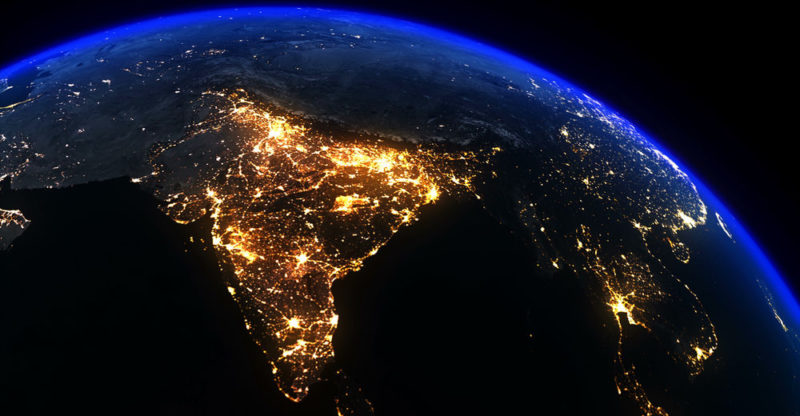
India is located on the Indian subcontinent, occupying an area of 3,287,263 km 2. It is bordered to the south by the Indian Ocean, with the Arabian Sea to the west and the Gulf of Bengal to the east.
In political terms it borders Pakistan to the West, China, Nepal and Bhutan to the North, and Bangladesh and Burma to the East. To the south, likewise, with the islands of Sri Lanka, Maldives and Indonesia.
History of India
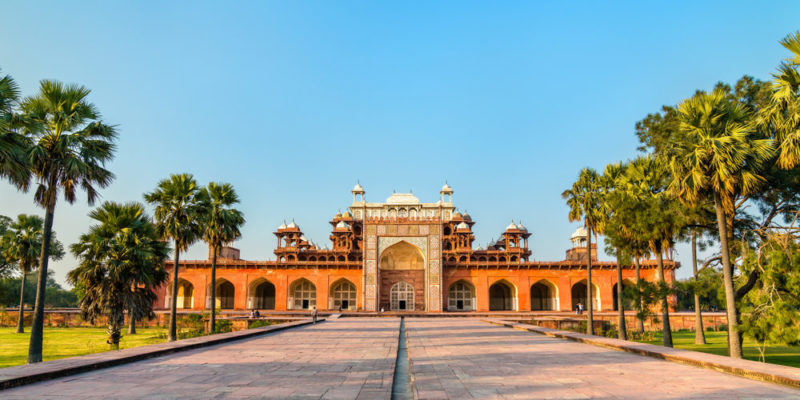
The history of India deserves a separate chapter because of its breadth and complexity. The first settlers of this territory date from 6000 BC and flourished in the Indus Valley around 3300 BC, in present-day Pakistan.
This culture was succeeded by the Vedic period, which laid the foundations of Hinduism and saw the emergence of numerous kingdoms in the country, known as "mahajanapadas." All of them were conquered by the Mauryan Empire in the 3rd century BC, under the command of Ashoka the Great.
Since the 3rd century AD and for almost two centuries, the "Golden Age" of India, as part of the Mauryan Empire. However, this kingdom fell under the rule of the Delhi Sultanate and then the Mongol Empire, the result in both cases of the invasions of central Asia in the 10th and 12th centuries.
With the advent of the reign of Akbar the Great in the 16th century, India enjoyed cultural and economic progress. As a consequence came a stage of religious harmony, in what later became known as the Maratha Empire, which ruled India until the 18th century.
The latter fell under the manipulation and influence of the European imperial powers. Thus, it was divided into a series of colonies, taking advantage of the internal conflicts it had.
These colonies began, in the 20th century, the struggle for the Independence of India. The result was also the division of the territory, which to the west became a new republic: Pakistan.
Capital of India
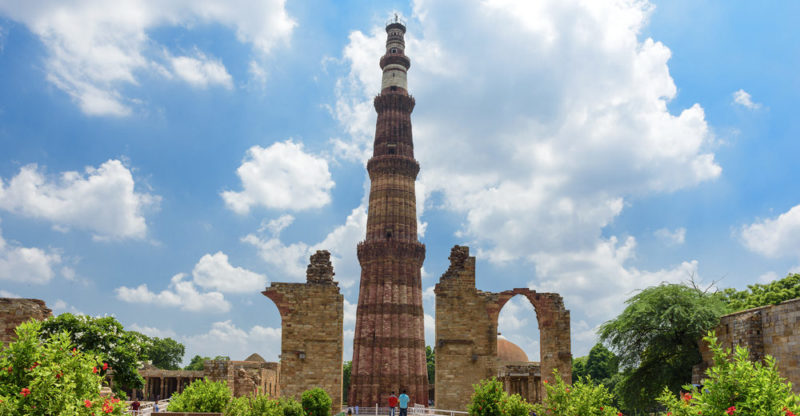
New Delhi, the capital city of India, is the seat of the executive, judicial and legislative branches of the Government. It is part of the metropolis of Delhi, and is one of its nine districts.
This city was planned by the architects Edwin Lutyens and Herbert Baker. Although it was established in 1911, it was christened with its current name in 1927 and inaugurated in 1931 by the Viceroy of the British Raj.
In this city there are two UNESCO World Heritage sites, which are Humayun's Tomb and the Qutb complex. The metropolis is the most populous city in the country and the fifth in the world. Its urban area is the largest in India, 1482 square kilometers.
India economy

The economy of India is the free market. It is considered the fifth largest economy in the world in terms of purchasing power, with a gross domestic product of 4.06 trillion dollars in 2010.
It is a diversified economy, in which little more than half of the activity is centered on agricultural work. The service sector is the most important in the nation, being responsible for a third of the national GDP.
The growth of the Indian economy soared in 1997 with an annual increase of 7%, after emerging from a socialist-type economy that prevailed for most of its history. However, poverty continues to be a disproportionate social and economic problem.
Culture of India
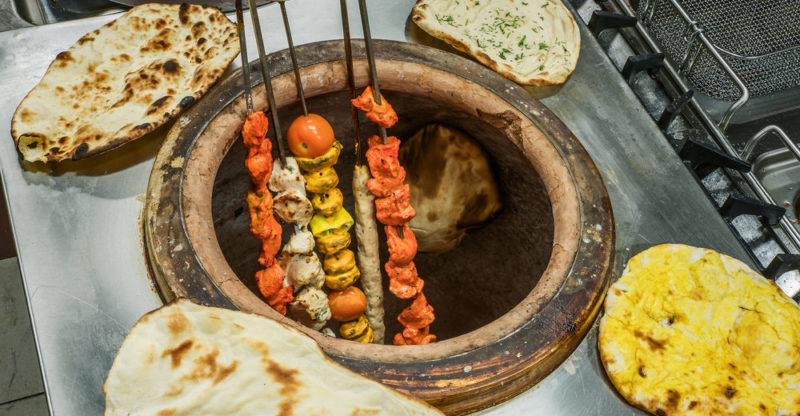
The culture of India is one of the most diverse and rich in the entire world. It is the cradle of four great religions: Hinduism (practiced by 80.5% of the population), Buddhism (0.8%), Jainism (0.4%) and Sikhism (1.9%). There are also foreign religions such as Islam (13.4%), Christianity (2.3%), and others Zoroastrianism and Judaism.
This territory is the scene of extremely complex syncretism and hybridization processes. The result is pluralism and respect for traditions that today are not exclusive. However, it is a society traditionally defined by a relatively strict caste hierarchy.
Indian cuisine is particularly rich in flavors, with many different spices and condiments, and is characterized by the use of tandoori, a clay oven used for 5000 years. Their staple foods are wheat, rice, and lentils. It has the highest concentration of vegetarians on the planet (40% of the population is to some degree).
Finally, the arts, film and music of India today represent an inexhaustible cultural source. Its products are consumed abroad, especially films from the "Bollywood" film industry, the largest in the world. Its name is an obvious appropriation of that of the American industry.
Indian population
India is the second most populous country in the world, behind China (1.37 billion) with 1.24 billion people. It is the most populous democracy on the planet, which in the last fifty years has shown sustained urban growth.
After the African continent, it is the geographical entity with the greatest cultural, linguistic and genetic diversity in the world. However, it faces far-reaching social problems, such as a 64.8% literacy rate, the annual death of one million people, lack of clean water, and endemic malaria rates.
Climate of India
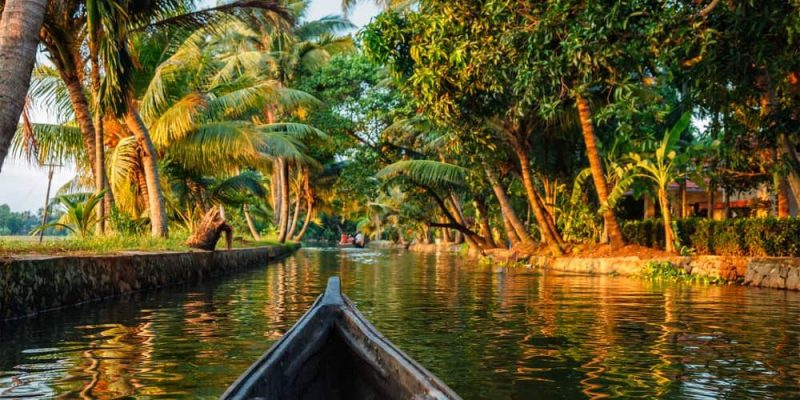
The territory of India obeys the monsoon season, like many countries in South Asia. This is because the Thar Desert draws moisture-laden winds from the southwest, which between June and October bring rains to the country.
India is also protected by the Himalayas from the cold katabatic winds of Central Asia. That is why it is usually warmer than the rest of the continent and than localities in similar latitudes.
It is divided into four major climatic regions:
- Humid tropical
- Dry tropical
- Humid subtropical
- Mountainous
National symbols of India
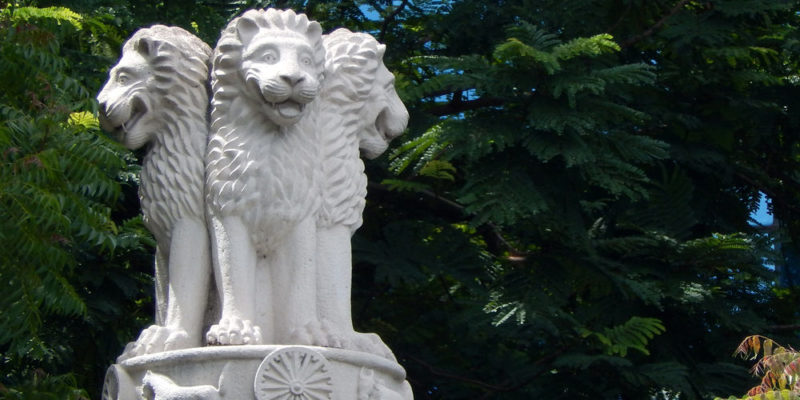
The national symbols of India are:
- Flag: Composed of a tricolor flag, known as trianga: orange, white and green. In the center is a navy blue wheel with twenty-four spikes, known as the ashoka chakrá. It was adopted in 1947, when independence from the British Crown was obtained.
- The emblem: It is the figure of the Lion of Sarnath, erected in the 3rd century BC by Emperor Ashoka, to mark the site where Buddha first preached. They are four lions that represent power, courage and confidence, standing on a circular abacus, in which four small animals are seen that represent the cardinal points.
- The anthem: India's anthem is titled Jana-Gana-Mana ("The Spirit of All the People"), written in Bengali by Rabindranath Tagore, Nobel Prize Winner for Literature.
Main cities
In addition to the capital, the most important cities in India are:
- Mumbai: With 14,282,734 inhabitants.
- Bangalore: With 6,386,490 inhabitants.
- Chennai: With 4,703,195 inhabitants.
- Kolkata: With 4,467,821 inhabitants.
Anas is an editor of a prestigious publishing company in the United States. She studied Mathematics in Arizona. Anas is also a teacher and one of her long-term goals is to build an institution that offers free education to everyone who are financially not stable. .
Leave a reply
Your email address will not be published. Required fields are marked *Recent post

Sport: What Is It, Types, Risks, Features, Characteristics and Examples

Dogs: Emergence, Features, Characteristics, Feeding and Breeds

Story: Definition, Elements, Structure, Features and Characteristics

